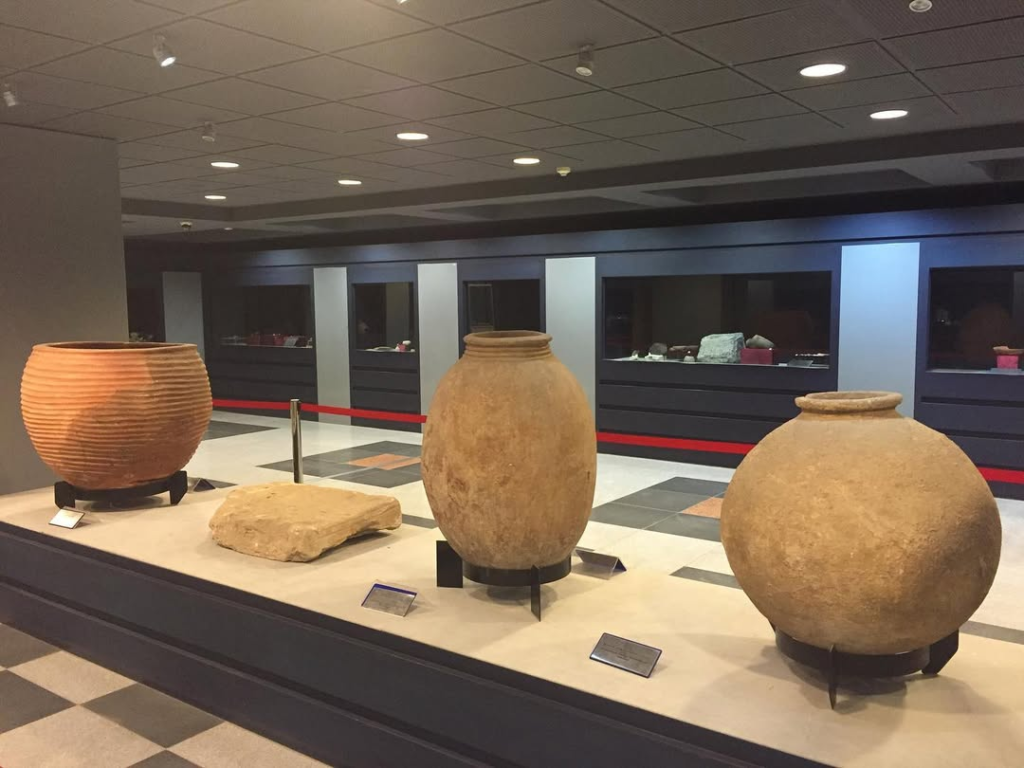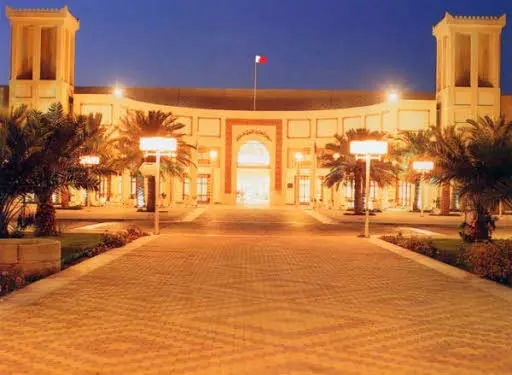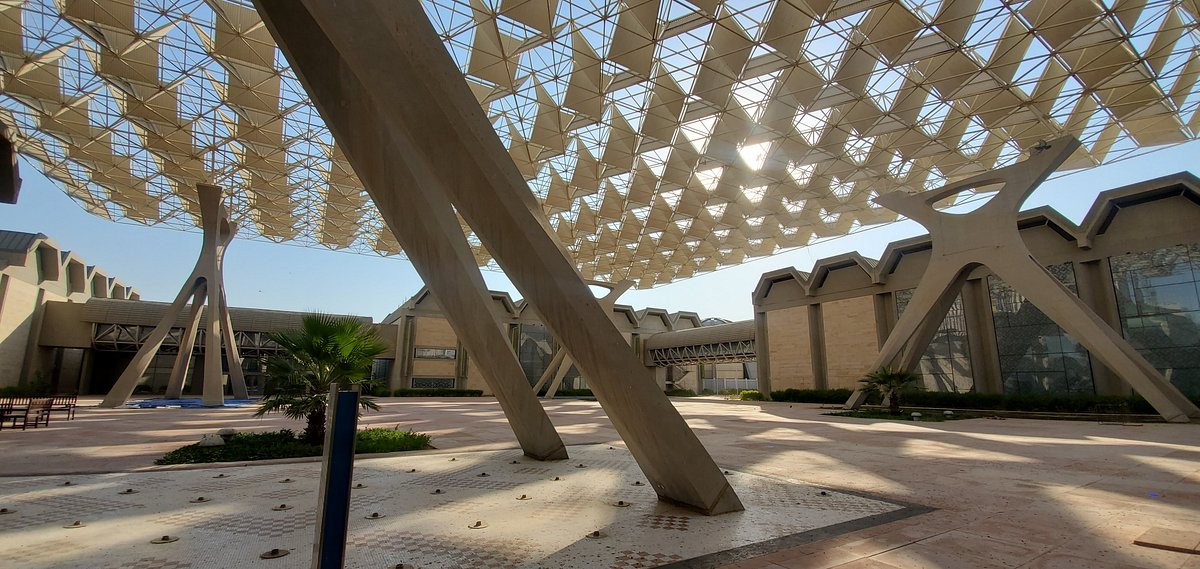Kuwait National Museum is one of the most important cultural destinations in Kuwait City. It tells the story of Kuwait’s past through ancient artifacts, exhibits on maritime traditions, and stories of desert life. Located in the heart of the city, the museum is a must-visit for anyone who wants to understand Kuwait beyond its skyscrapers and shopping malls.
Visiting the Kuwait National Museum is a journey through time. With its unique collection and nearby planetarium, the museum gives both locals and tourists a chance to explore the nation’s deep-rooted heritage. It’s not just a museum; it’s a living archive of Kuwait’s soul.\
A Cultural Gem in Kuwait City
Kuwait National Museum was established in 1983 and designed by the French architect Michel Eco chard. The museum layout was inspired by traditional Islamic architecture and includes four main buildings: archaeology, heritage, planetarium, and the dhow (boat) exhibits.
Unlike modern museums that rely heavily on technology, the Kuwait National Museum focuses on storytelling through real items and simple displays. This approach helps visitors connect directly with Kuwait’s history and culture.

Highlights of the Kuwait National Museum
Kuwait National Museum is full of fascinating exhibits. Here are some of the major highlights that you should not miss:
1. Archaeological Treasures
The archaeological section includes rare items dating back thousands of years. From ancient pottery to tools and coins, you can see the early civilisations that once lived in this land. These artifacts come from locations like Failaka Island, an ancient trading post in the Persian Gulf.
2. Heritage and Lifestyle Displays
This section showcases how people in Kuwait lived before the discovery of oil. You’ll find traditional houses, clothes, kitchen tools, and even musical instruments. It helps you understand how families survived in the desert climate and adapted to harsh living conditions.
3. Maritime History and Pearl Diving
Kuwait’s past is closely linked to the sea. The maritime section of the Kuwait National Museum is especially impressive. You can learn about traditional boats, called dhows, which were used for fishing and trade. The exhibits on pearl diving, once a major industry, show how dangerous and difficult life was for Kuwaiti divers.
4. The Planetarium
Although technically separate, the planetarium is located next to the museum and is worth a visit. It offers shows and educational displays about space, astronomy, and the universe. It’s perfect for children and science lovers.
Why Visit the Kuwait National Museum?
If you’re wondering why you should visit this museum, here are several good reasons:
Learn Kuwait’s Real Story
Most visitors only see the modern side of Kuwait, but the museum shows the country’s original culture and roots. From Bedouin life in the desert to sea voyages for pearls, you will see how Kuwait transformed over centuries.
A Peaceful Experience
The museum is rarely crowded, which allows you to take your time and enjoy the exhibits without rush. It’s a quiet and peaceful place where you can reflect and learn.
It’s Budget-Friendly
Entry is usually free or very cheap. This makes it an ideal option for travellers on a budget or large families looking for an educational outing.
Close to Other Attractions
Located in the centre of Kuwait City, the museum is near other attractions like the Grand Mosque, Seif Palace, and Souq Al-Mubarakiya. You can plan a full day around the area.
What to Expect During Your Visit
When you visit the Kuwait National Museum, expect to spend at least 2–3 hours to see all exhibits. The buildings are well connected, and the museum staff is helpful and welcoming. While most of the exhibits are in Arabic, English translations are also provided in many sections.
Bring water and wear comfortable shoes, especially if you plan to visit the planetarium or other nearby attractions. Photography is allowed in some areas, but flash photography is restricted.

Educational Value for All Ages
The museum isn’t just for adults. Children can learn about the history of Kuwait in an engaging and interactive way. The planetarium, in particular, adds an element of fun to the educational trip.
For students and researchers, the museum offers valuable insights into the Arabian Gulf’s culture, architecture, and development over time.
Tips Before You Go
- Opening Hours: Typically 8:30 AM to 12:30 PM and 4:30 PM to 8:30 PM. Closed on Fridays.
- Location: Arabian Gulf Street, next to the National Assembly.
- Best Time to Visit: Early morning or late afternoon, especially in summer.
How the Museum Survived Through Hard Times
The Kuwait National Museum suffered great damage during the 1990 Gulf War. Many artifacts were looted or destroyed. After the war, major efforts were made to restore the museum and bring back its lost treasures.
Today, the museum stands not just as a collection of objects, but as a symbol of Kuwait’s resilience and commitment to preserving its history.
Final Thoughts
The Kuwait National Museum is a treasure in the middle of Kuwait City. It’s more than just a museum it’s a window into the heart of the country. If you’re planning a visit to Kuwait, this should be at the top of your list.
You’ll come away with a new understanding of Kuwaiti culture, from the ancient times to the modern era. It’s educational, inspiring, and deeply respectful of the people who made Kuwait what it is today.
Do follow Gulf Magazine on Instagram
Also Read – Grand Mosque Kuwait: Discover Spiritual Beauty and Islamic Art



